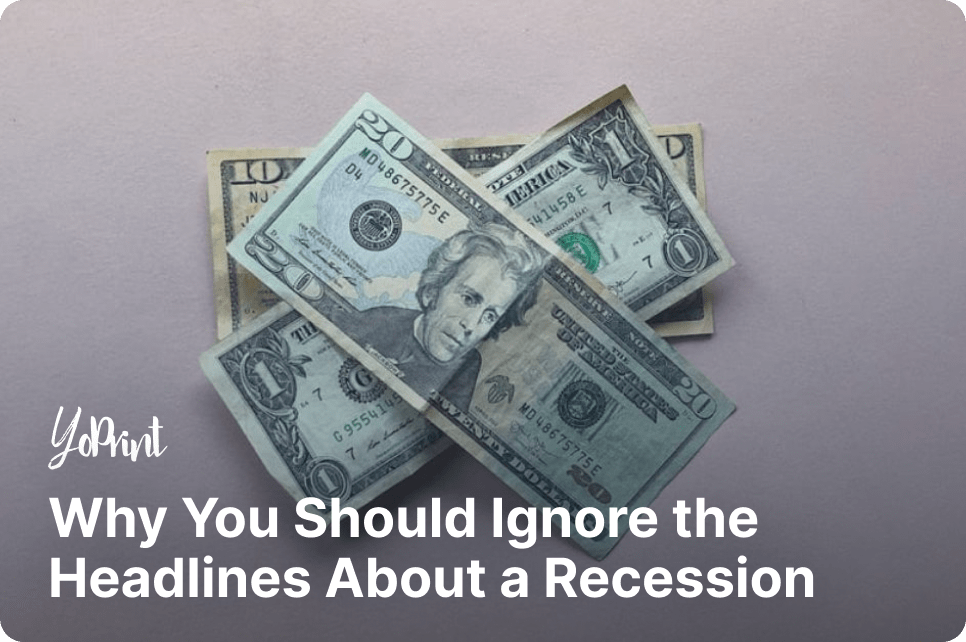- The overall economy is in a good place, but uncertainties still present a challenge
- Overall economic outlooks are still positive, even with high layoffs in the tech sector
- Job market remains strong, as is consumer spending
- Americans continue to be smart with their expenses, which can be beneficial in the long run
Where Are We Now?
If you’ve read our prior economic watch article, you’d know that the economic outlook is still relatively stable. Compared to a year ago, retail sales in January had increased 6.4 percent year-on-year. Total consumer spending (by credit and debit card) went up 21 percent year-over-year in February, much of which went to travel, discount stores, recreation, food, and services.
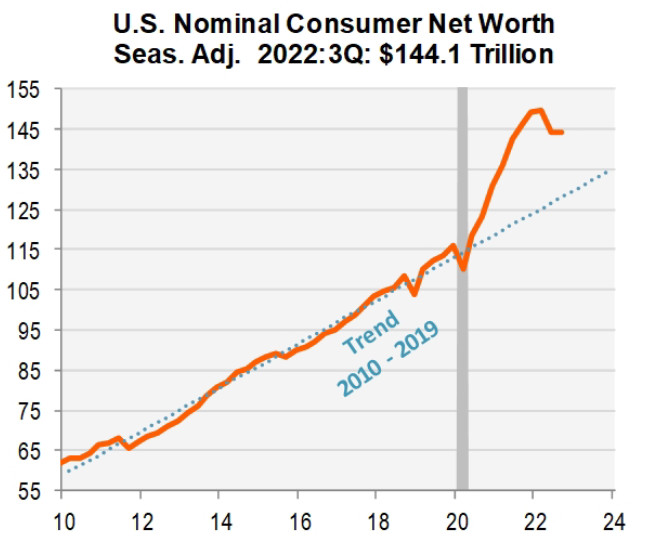
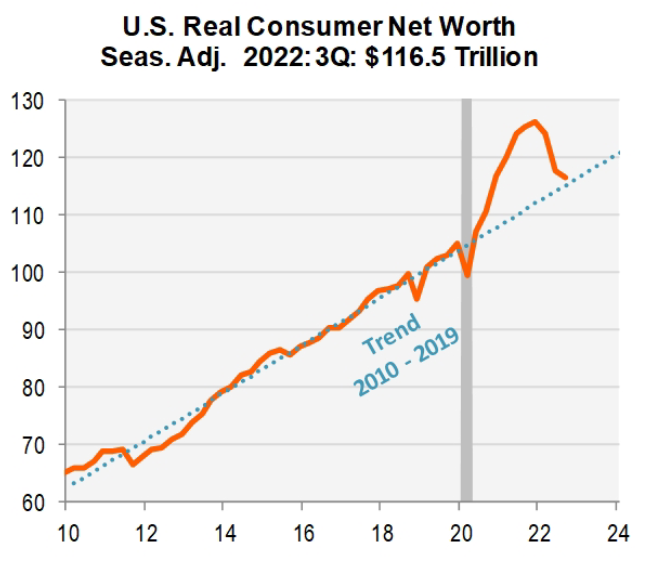
Consider the charts above. Overall, overall consumer net worth is still good, being on or above prevailing trends. The growth in consumer spending only highlights that folks are “financially healthy” and willing to spend on various goods and services. However, as per our previous article, consumers are becoming savvier in spending their money.
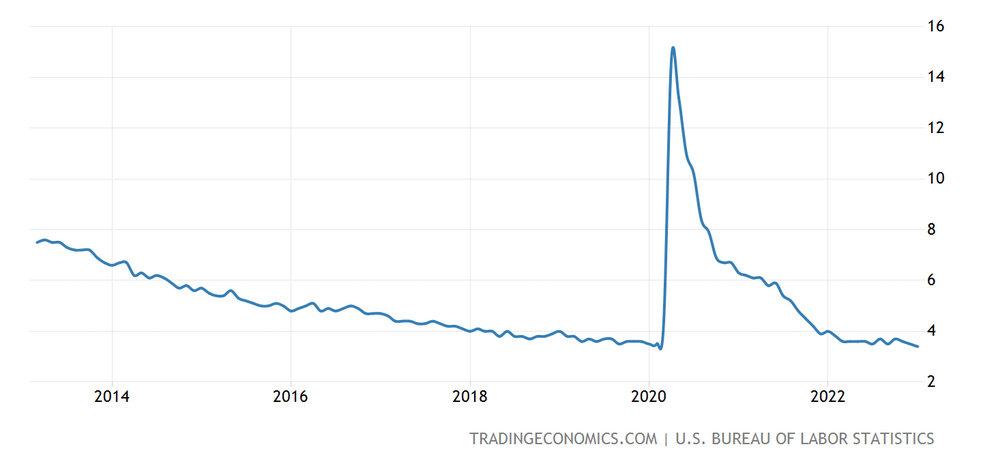
Job Market in a Good Place
The current job market is also looking robust. The unemployment rate is at an all-time low of 3.4 percent – the lowest it’s been in 53 years – and many companies are still eager to hire new talent. Many sectors still need to rehire in the wake of the Covid pandemic, especially in healthcare, leisure & hospitality, and manufacturing – all of which took a big hit during the pandemic as various restrictions were put in place.
The tech sector has seen huge job cuts since 2022. In fact, tech companies have shed over 150,000 workers in 2022 alone; Google’s parent company, Alphabet, has already shed 12,000 jobs (6 percent of its workforce) recently following a string of other layoffs by other tech giants such as Microsoft and Meta. On the other hand, startup companies see a boon in these layoffs. The result is that laid-off tech workers can easily find new job opportunities.
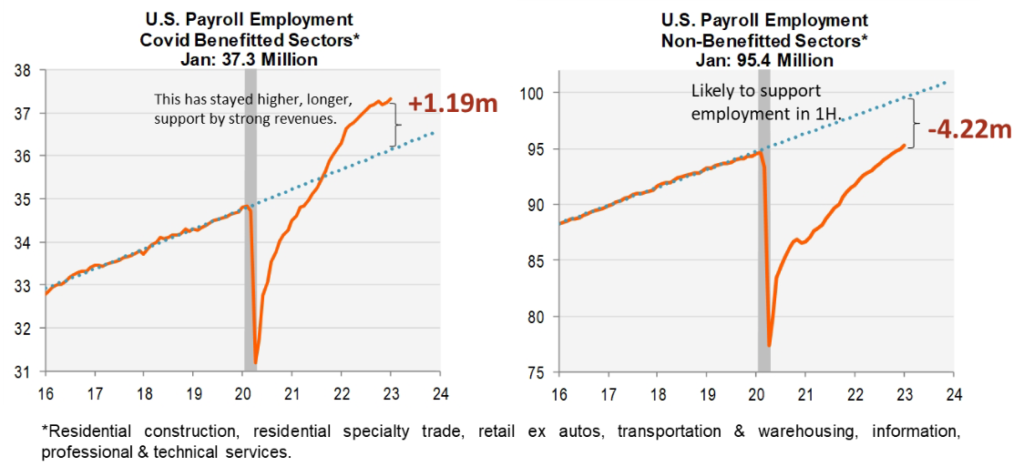
Despite the rising tech layoffs, 517,000 new jobs were added in January, triple the predicted estimates. Meanwhile, state unemployment benefits decreased by a thousand to 194,000 (seasonally adjusted) for the week ending February 11th. Recent statistics seem to indicate that the job market may be slowing down as some companies fear a “risk of overhiring.” This doesn’t necessarily translate to the entirety of the job market, though, so some skepticism may be warranted.
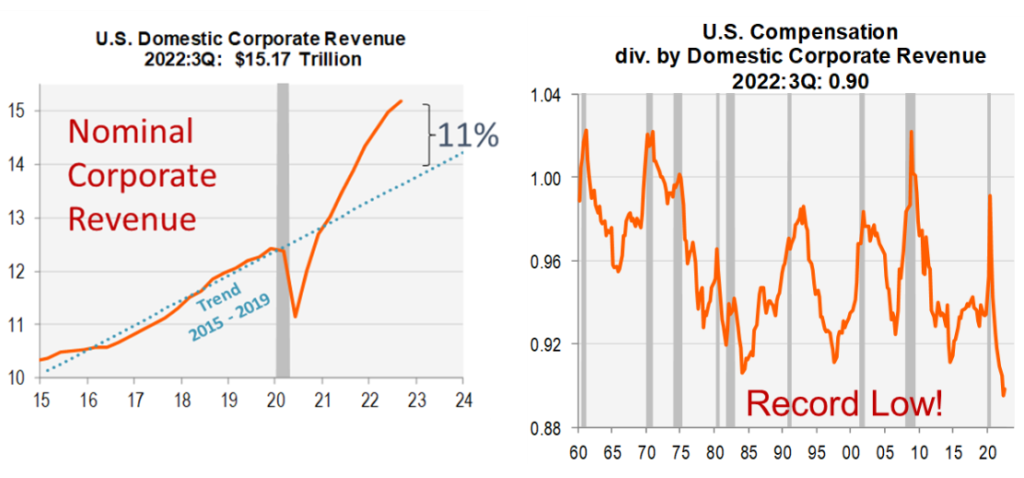
For now, corporate revenues have been greatly increased to above pre-Covid levels (about 11 percent, or $1.5 trillion) owing to “massive stimulus and inflation.” This resulted in driving compensation ratios (an analysis of an “employee’s compensation” compared to the “midpoint of the industry standard”) to “record lows.” With larger revenues, the compensation ratios remain low and, in turn, keep the job market strong. This benefits consumers by granting them substantial “real purchasing power,” which explains the significance of positive sales growth in January.
Inflation is Slowly on a Downtrend
Meanwhile, inflation is still trending lower and is now on its seventh consecutive month. The consumer price index (CPI) went up 6.4 percent in January, with shelter costs – comprising “half the monthly increase” – rising 0.7 percent “on the month” and 7.9 percent compared to a year ago. On that note, the producer price index (PPI) also saw a 0.7 percent seasonally adjusted increase in January, higher than the 0.4 percent estimate.
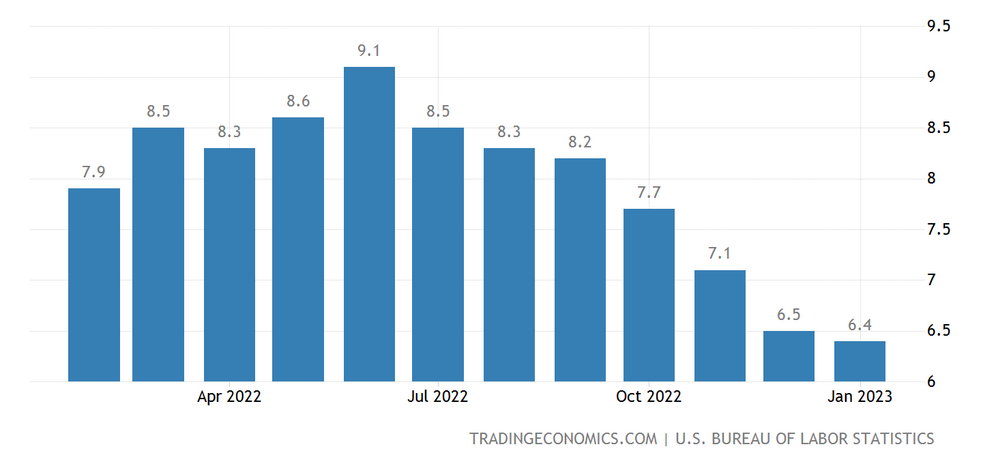
If anything, expectations on the current inflation rate are somewhat optimistic. The Federal Reserve has already noted that disinflation has “begun in the goods sector, which is about a quarter of [the] economy.” However, its Chairman Jerome Powell cautioned, “it has a long way to go” and is still in its “very early stages.”
Powell also shared that the Fed will “react to the data” as it comes, even after they raised their benchmark interest rate by a “quarter percentage point” in early February.
“It’s probably going to be bumpy, and we think that we’re going to need to do further rate increases, as we said, and we think that we will need to hold policy at a restrictive level for a period of time.”
Jerome Powell, Federal Reserve Chairman
Conclusion

For now, the economic climate still looks positive. Economic analysts might be looking too closely into the numbers that are changing every week; crunching numbers is one thing, but given how economic trends can easily shift without warning, we’d advise that you keep doing what you’re already doing.
At this point, Americans are still happily spending their paychecks on various things, but again, they’re a lot more conscious of where they spend their money. Coupled with companies having flush revenues and the job market still looking strong, we think that a recession isn’t going to come in the next few months.
In fact, there was plenty of talk in 2022 about an impending recession. None of those fears ever materialized in the end. But that hasn’t stopped people from discussing the possibility of a recession happening this year.
We’d still exercise some caution, especially as personal savings rates are dropping to all-time lows while credit card and loan delinquencies rise in number. Setting aside some cash and being careful with what you invest in might be what you need to do if your print shop is to get through this unpredictable year.
